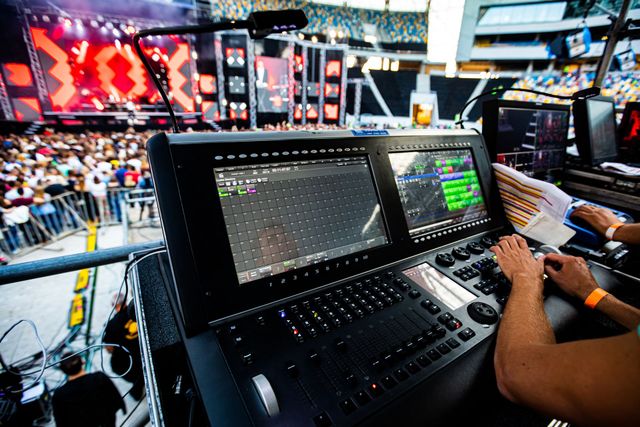Illumination plays a crucial role in video projection because it sets the atmosphere and feel of the exhibit. Different illumination techniques can evoke various feelings and responses from the viewers. For example, using soft, cozy lights can create a welcoming environment, while vivid, cool illumination may create a more dynamic or intense effect. By carefully selecting light colors and intensities, artists can manipulate how audience interpret the displayed visuals, leading to a more engaging encounter. The equilibrium between mapping luminance and ambient illumination is essential, as it can greatly impact the clarity and effect of the images.
In addition to, hue and brightness, the angle of illumination also affects the efficacy of mapping. Illumination from different directions can generate shadows and accents that introduce dimension to the mapped visuals. This method, known as light and shadow, can improve the 3D quality of the subjects being projected. Additionally, using dynamic illumination can introduce dynamism to the display, directory making the experience more engaging for the audience. When the light interacts with the projected visuals, it can create an illusion of movement and transformation, capturing the viewers' focus.
Another important element of illumination in mapping in the use of unique features. Methods such as patterned illumination, which uses shapes and forms to project light, can introduce depth and intricacy to the mapping. This method allows artists to layer images and produce aesthetically captivating results that complement the mapping. Additionally, adding lasers or LED lights can further enhance the exhibit, providing a distinct mix of sight components that attract the audience in. These special effects, when used thoughtfully, can transform the mapping into a basic show to an immersive work of art.
In conclusion, the influence of illumination methods on motion mapping is profound. By understanding how different lighting components connect with mapped images, artists can create captivating try here encounters that connect with audience. The careful selection of color, brightness, direction, and special effects allows for a vivid canvas of visual narrative. As tech advances to evolve, the possibilities for creative expression in projection will only expand, making illumination an increasingly vital component in this innovative art medium.
